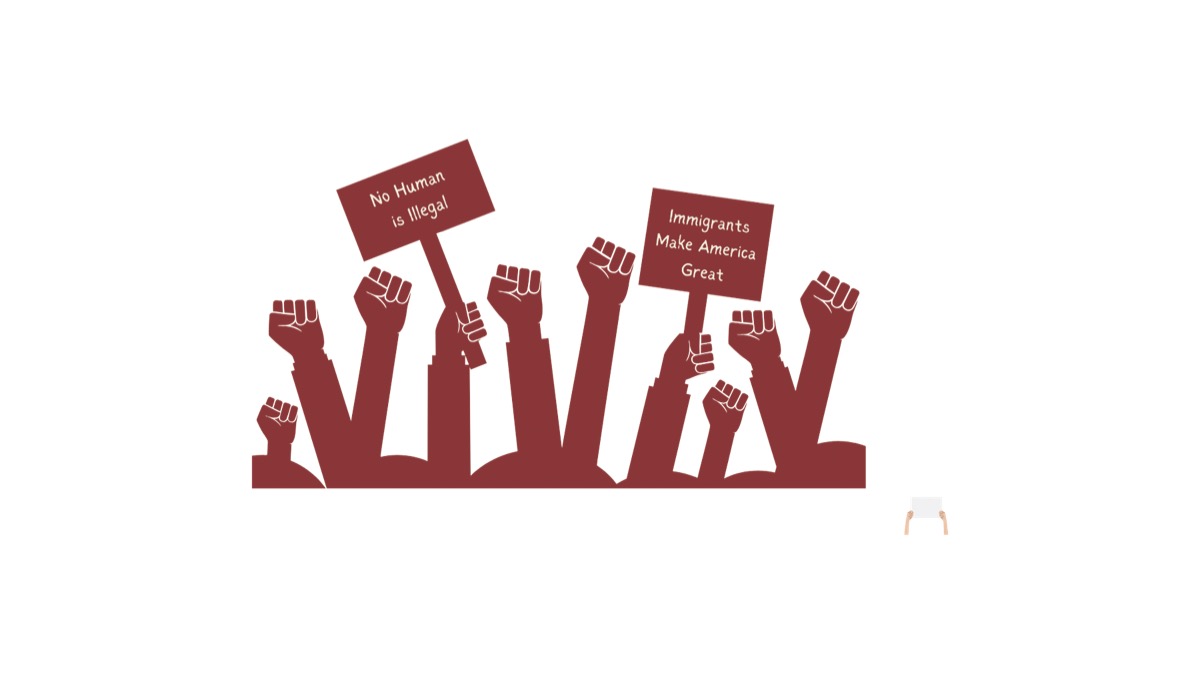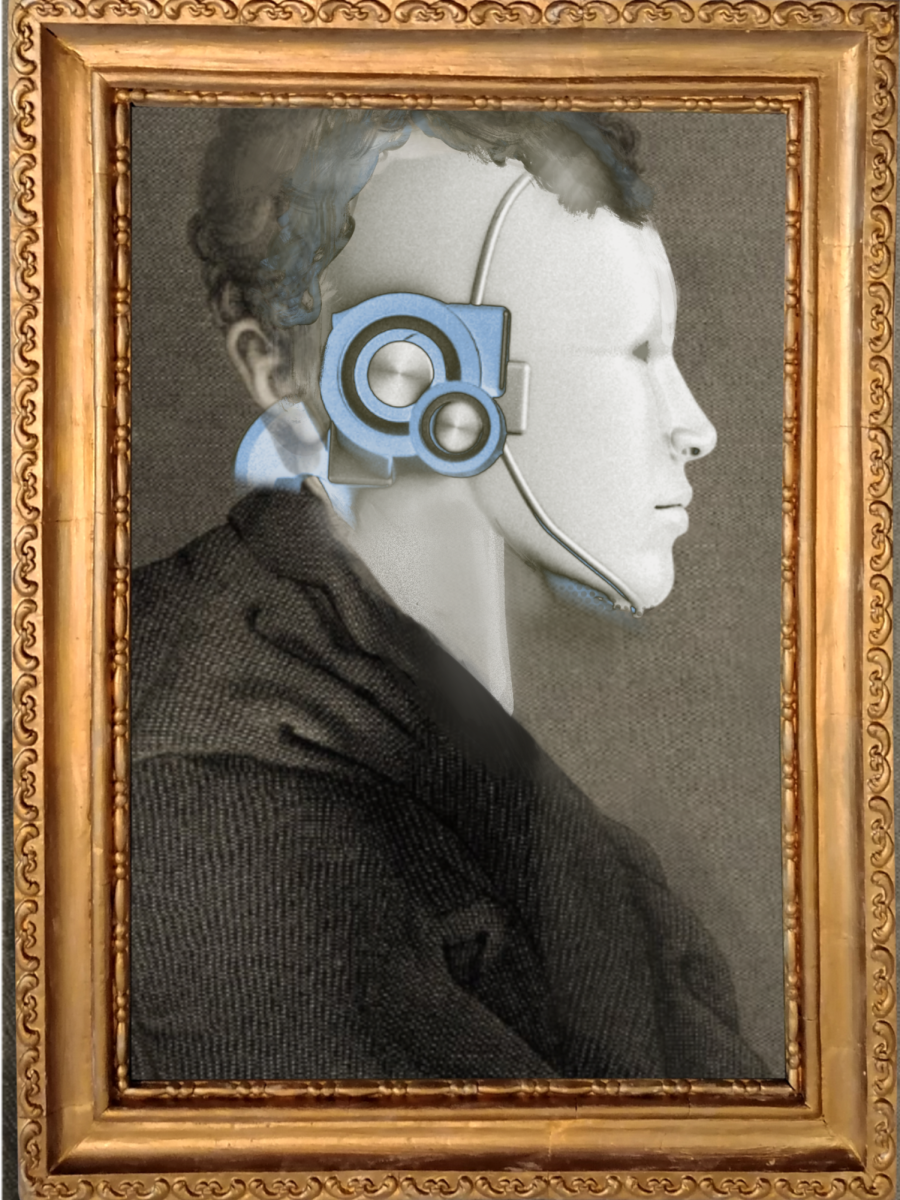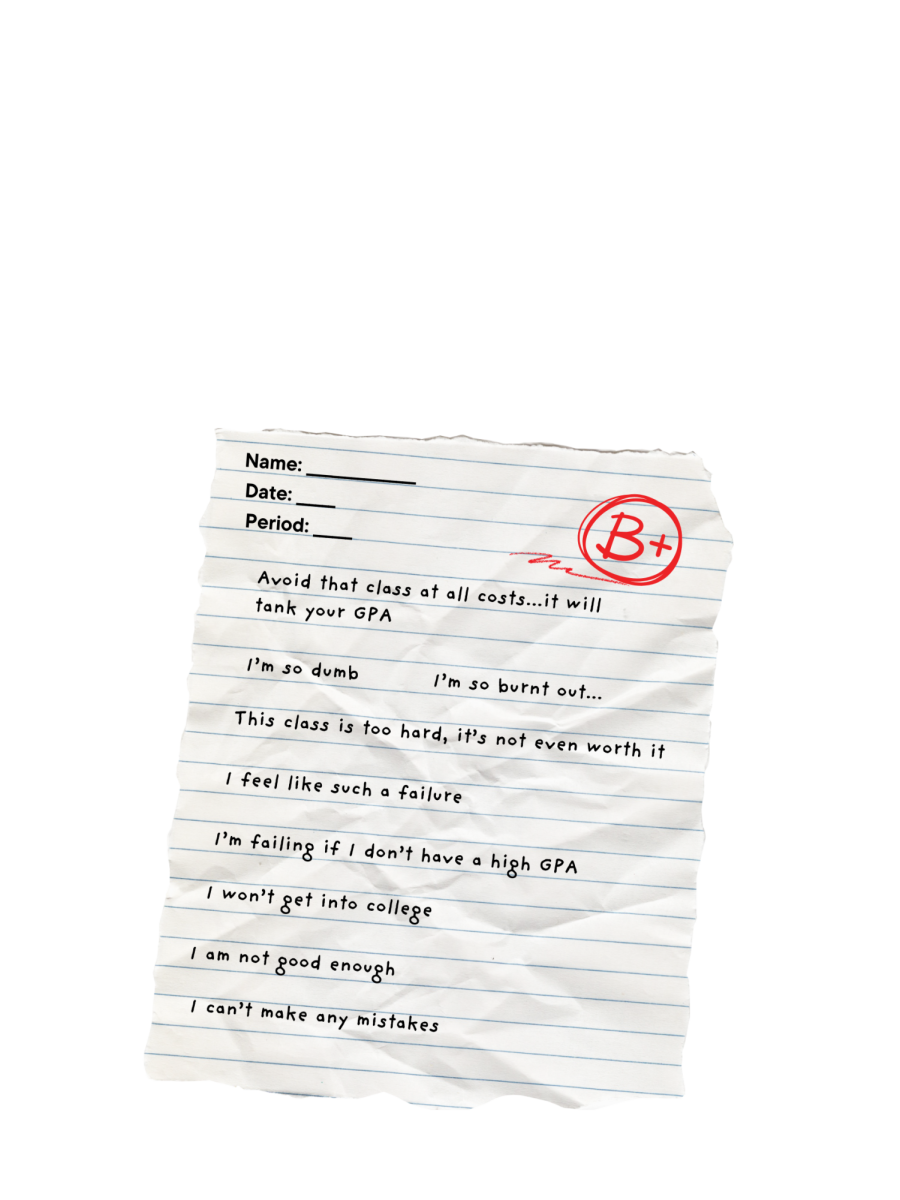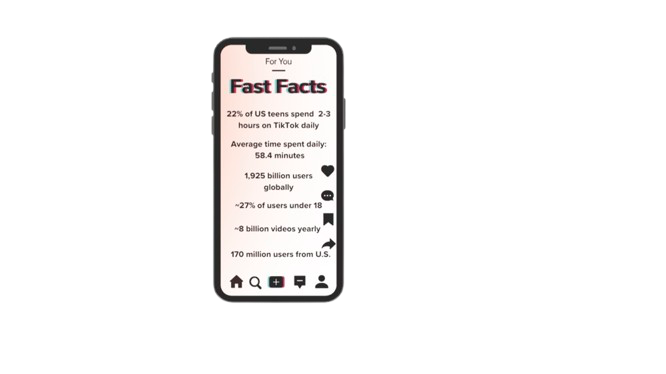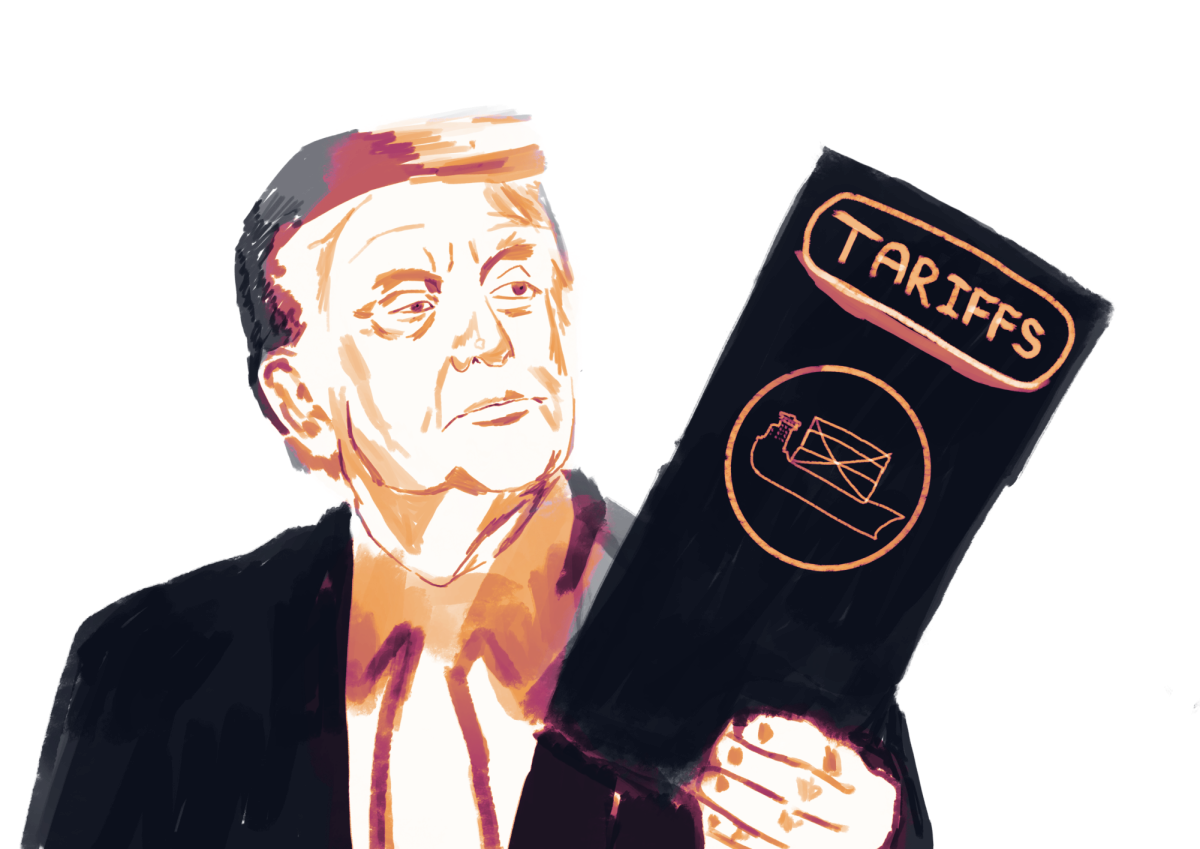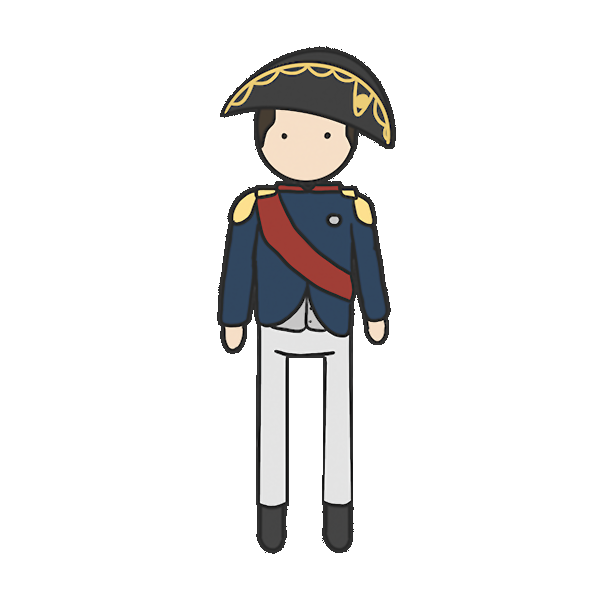Consider it Simplified
Although Oversimplified videos help us understand complex historical events, they should be calling for far more in-depth and discussions in classrooms.
June 1, 2022
YouTube creator Webzwithaz created his first animated history video in October 2016, “WWI—Oversimplified (Part 1).” As of April 2022, it has racked up over 38 million views, and the channel changed its name to what it is today known as Oversimplified.
However, these videos were not the traditional history lessons one would expect; they came across more as a line of jokes, as they were filled with comedy and other aspects that made the content not only understandable, but entertaining.
It is because of these traits that middle school and even high school history instructors find ways to implement them into their curriculums. Ninth grade Social Science Instructor Kevin Guay said, “many students find history boring and dry, but these videos are actually able to keep them engaged.”
“Visual aid is a different way of getting information across, and that’s what Oversimplified does—it’s another way of engaging historical material,” Guay said. For the most part, Oversimplified videos are effective in teaching because they are good for establishing a foundational understanding of particular historical events.
“What these videos do is they lay kernels of historical information that you can find interest in and build off of,” Guay said. “They are great for opening the door for a larger discussion.”
Freshman Ethan Somer believes that Oversimplified videos are a useful resource. “I like these videos more than a traditional classroom lecture because they provide an element of fun. It keeps people of all academic levels engaged in the lesson and helps them absorb information,” Ethan said.
“It’s very hard to focus on a teacher who just repeats information from a textbook for a long period at a time,” Ethan said, “but the person who voices these videos includes jokes to keep the audience intrigued.”
“I am able to retain more information from these videos. The well-made animation allows me to associate information with the animations on the screen,” Ethan said.
However, there are some aspects to these videos that may be problematic. The first being that they, according to Guay, “create a monolithic narrative that doesn’t specify reasoning used in history.” Take the outbreak of World War One for example—although the Oversimplified video can inform the viewer about what happened in that specific event, the viewer won’t be able to identify the logic behind each of the decisions that led to the outbreak. “Instead of going into different interpretations of the past, which really complicates things, Oversimplified barely skims the surface,” Guay said.
Another issue with Oversimplified videos, besides the possibility of the creator not addressing their own biases, is that they happen incredibly fast. “Take again the context of a major event such as a world war for example—something that may take years to pass is attempted to be explained in a matter of seconds,” said Guay. “The problem with this is that the viewer can only catch glimpses of the event, but will never be able to fully grasp the gravity of it.”
However, when supplemented with in-depth and authentic course material, Oversimplified videos can be any teacher’s best friend. It’s simply a matter of engaging students to open their minds to participate in discussion—which is what history is truly all about.
Guay said, “any time you get information out there like Oversimplified that makes people think about their own society, how we got here, and if there are patterns that we can analyze that could inform our decision in the future, why wouldn’t we use them?”

